Which one of the following is the most reactive towards electrophilic attack?




The correct Answer is:B
To determine which compound is most reactive towards electrophilic attack, we need to analyze the electron density in the compounds provided. Electrophiles are attracted to regions of high electron density, so compounds with higher electron density will be more reactive.
1. Identify the Structures:
- Let's denote the compounds as A, B, C, and D based on the information provided in the transcript.
2. Analyze Compound A:
- Compound A has a certain structure with no significant electron-donating groups. The electron density in the ring is not increased significantly. Therefore, it is less reactive towards electrophilic attack.
3. Analyze Compound B:
- Compound B has an -OH group that can donate its lone pairs into the ring through resonance. This increases the electron density in the ring significantly, making it more reactive towards electrophilic attack compared to Compound A.
4. Analyze Compound C:
- Compound C contains a nitro group (-NO2), which is a strong electron-withdrawing group. This group pulls electron density away from the ring, decreasing the overall electron density and making it less reactive towards electrophilic attack.
5. Analyze Compound D:
- Compound D has a chlorine atom (Cl), which is a weak electron-withdrawing group due to its -I effect (inductive effect). While it does reduce electron density, it is not as strong as the -NO2 group in Compound C. Thus, it is also less reactive than Compound B.
6. Compare Reactivity:
- Based on the analysis:
- Compound A: Least reactive (low electron density)
- Compound C: Less reactive (strong electron-withdrawing -NO2 group)
- Compound D: Less reactive than B but more than A (weak electron-withdrawing Cl)
- Compound B: Most reactive (high electron density due to resonance from -OH)
7. Conclusion:
- The most reactive compound towards electrophilic attack is Compound B.
- Let's denote the compounds as A, B, C, and D based on the information provided in the transcript.
- Compound A has a certain structure with no significant electron-donating groups. The electron density in the ring is not increased significantly. Therefore, it is less reactive towards electrophilic attack.
- Compound B has an -OH group that can donate its lone pairs into the ring through resonance. This increases the electron density in the ring significantly, making it more reactive towards electrophilic attack compared to Compound A.
- Compound C contains a nitro group (-NO2), which is a strong electron-withdrawing group. This group pulls electron density away from the ring, decreasing the overall electron density and making it less reactive towards electrophilic attack.
- Compound D has a chlorine atom (Cl), which is a weak electron-withdrawing group due to its -I effect (inductive effect). While it does reduce electron density, it is not as strong as the -NO2 group in Compound C. Thus, it is also less reactive than Compound B.
- Based on the analysis:
- Compound A: Least reactive (low electron density)
- Compound C: Less reactive (strong electron-withdrawing -NO2 group)
- Compound D: Less reactive than B but more than A (weak electron-withdrawing Cl)
- Compound B: Most reactive (high electron density due to resonance from -OH)
- The most reactive compound towards electrophilic attack is Compound B.
Topper's Solved these Questions
- SOME BASIC PRINCIPALS OF ORGANIC CHEMISTRYBook:A2ZChapter:SOME BASIC PRINCIPALS OF ORGANIC CHEMISTRYExercise:AIIMS Questions
Explore 25 Videos
- SOME BASIC PRINCIPALS OF ORGANIC CHEMISTRYBook:A2ZChapter:SOME BASIC PRINCIPALS OF ORGANIC CHEMISTRYExercise:Assertion- Reasoning Questions
Explore 8 Videos
- SOME BASIC PRINCIPALS OF ORGANIC CHEMISTRYBook:A2ZChapter:SOME BASIC PRINCIPALS OF ORGANIC CHEMISTRYExercise:Section B - Assertion Reasoning
Explore 25 Videos
- SOME BASIC CONCEPTS OF CHEMISTRYBook:A2ZChapter:SOME BASIC CONCEPTS OF CHEMISTRYExercise:Section D - Chapter End Test
Explore 30 Videos
- STATES OF MATTERBook:A2ZChapter:STATES OF MATTERExercise:Section D - Chapter End Test
Explore 30 Videos
Similar Questions
Knowledge Check
Which one of the followingis the most reactive towards electrophilic attack?
A B
B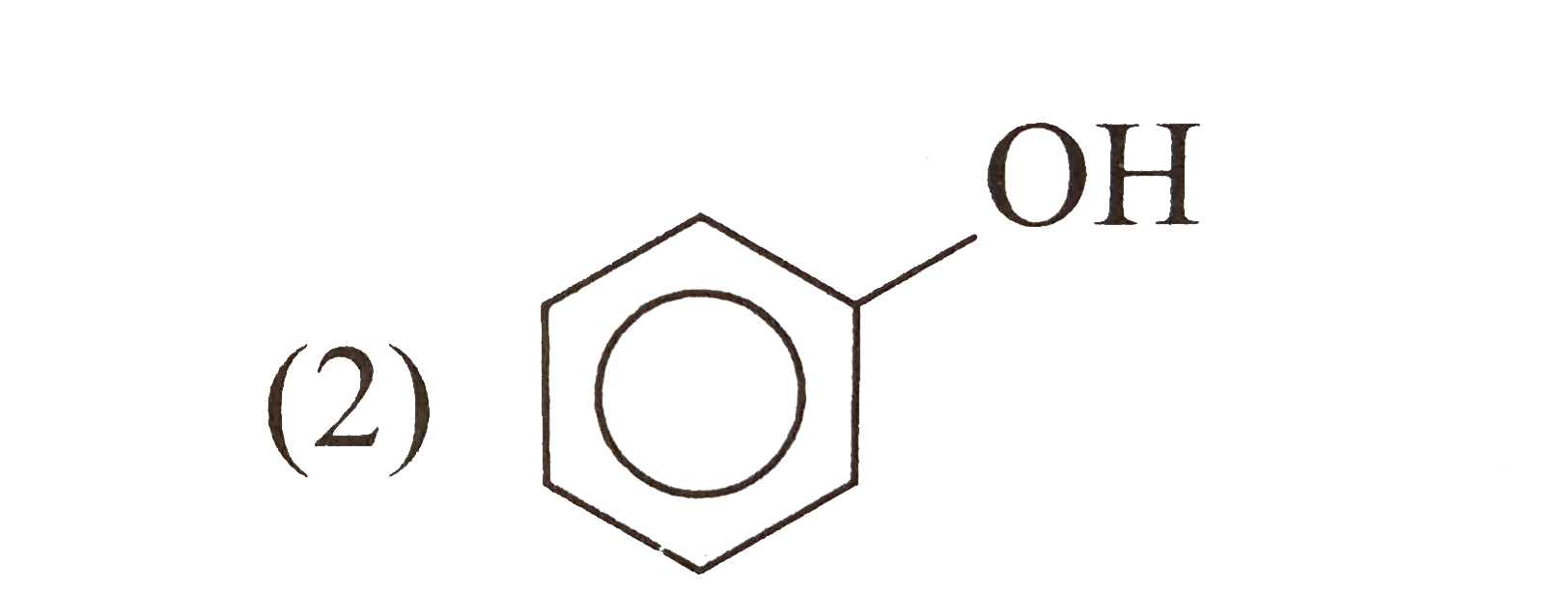 C
C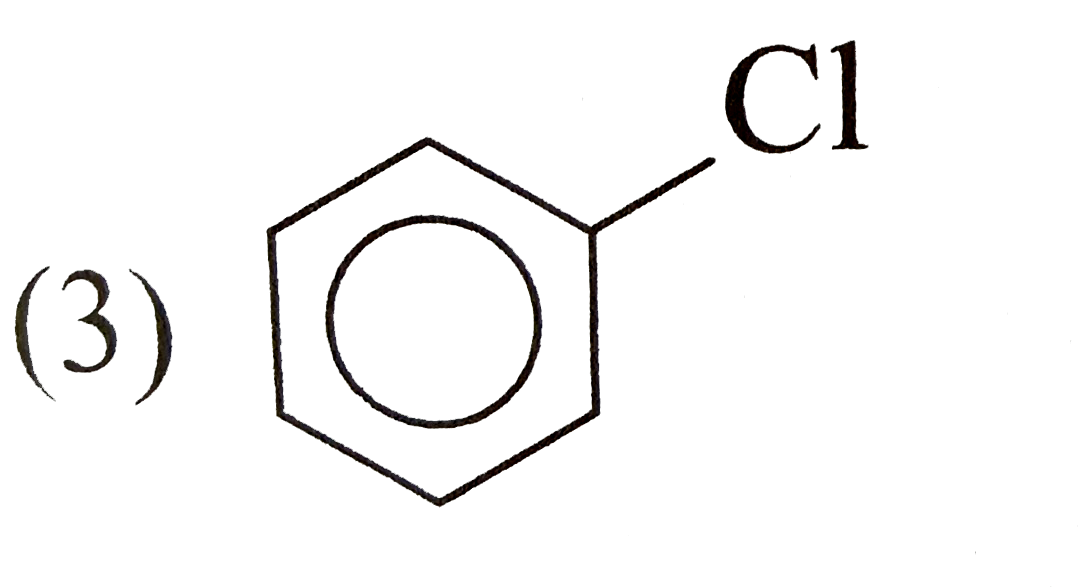 D
D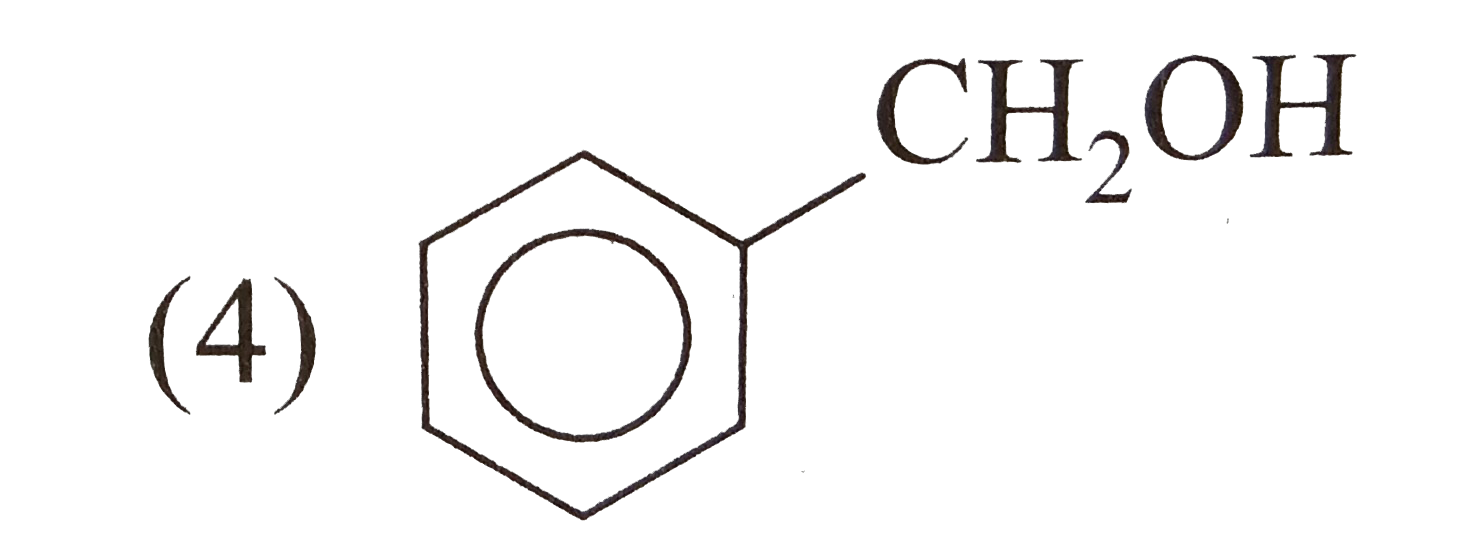
Which one of the following is most reactive towards electrophilic attack?
A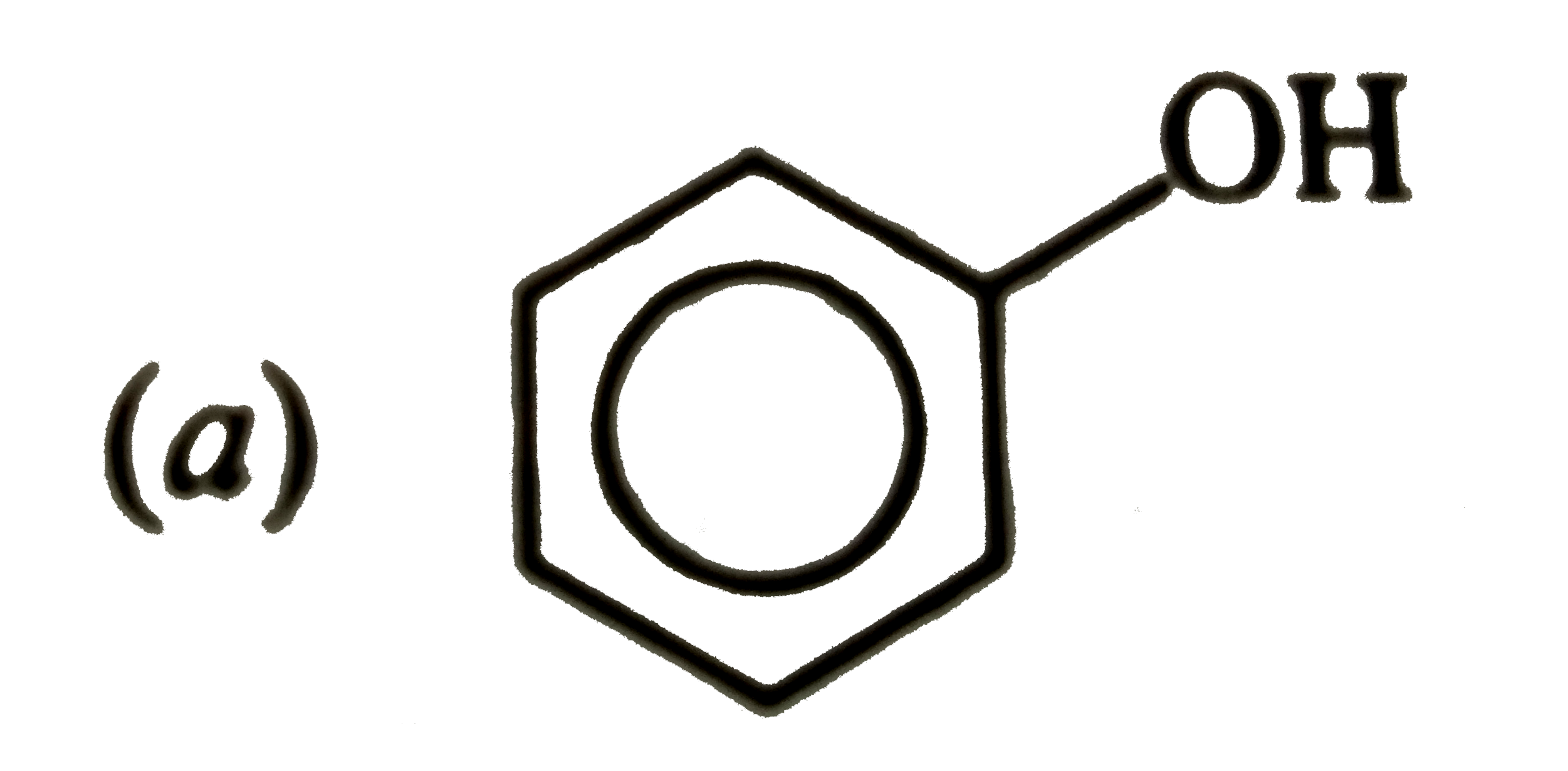 B
B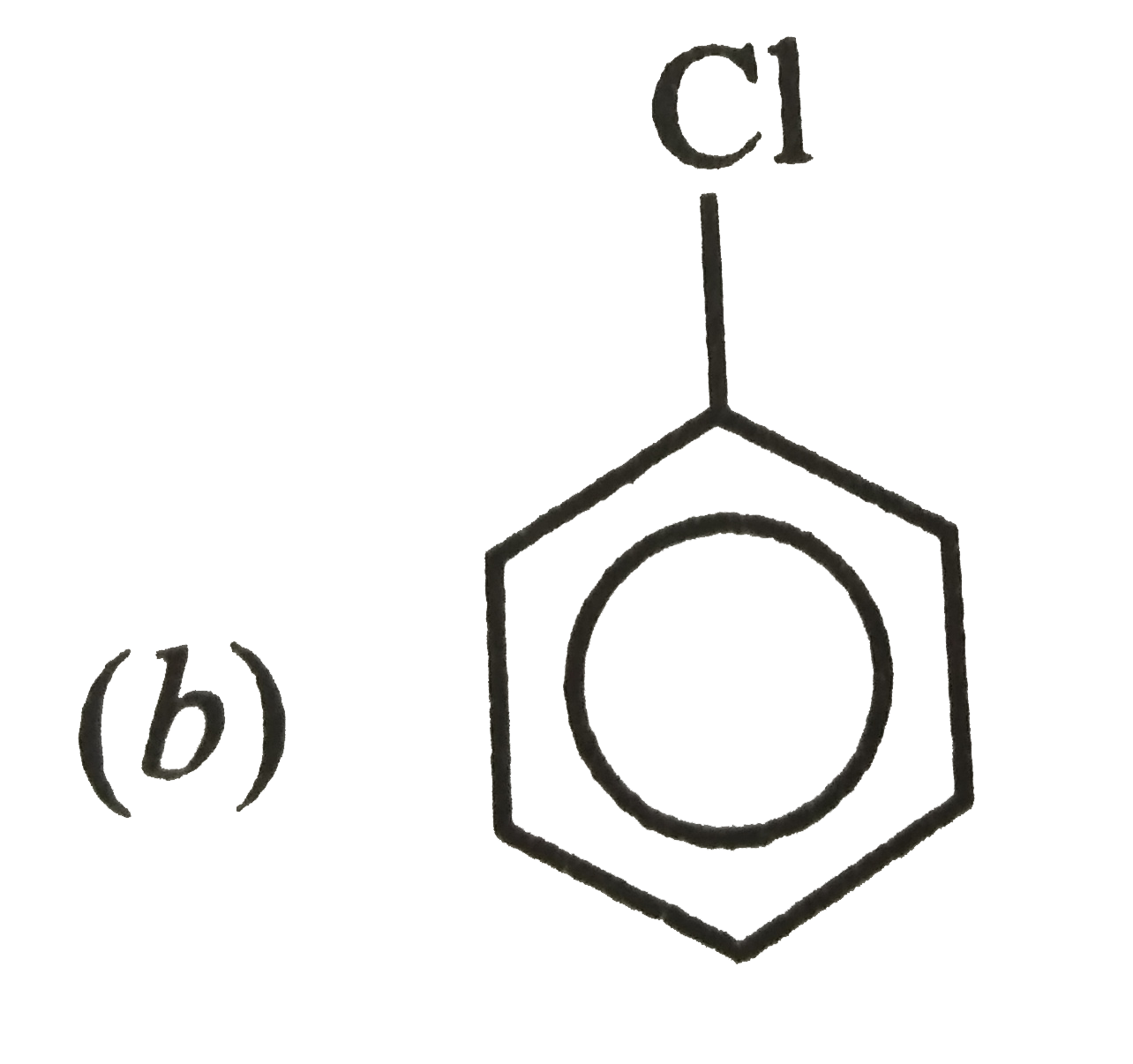 C
C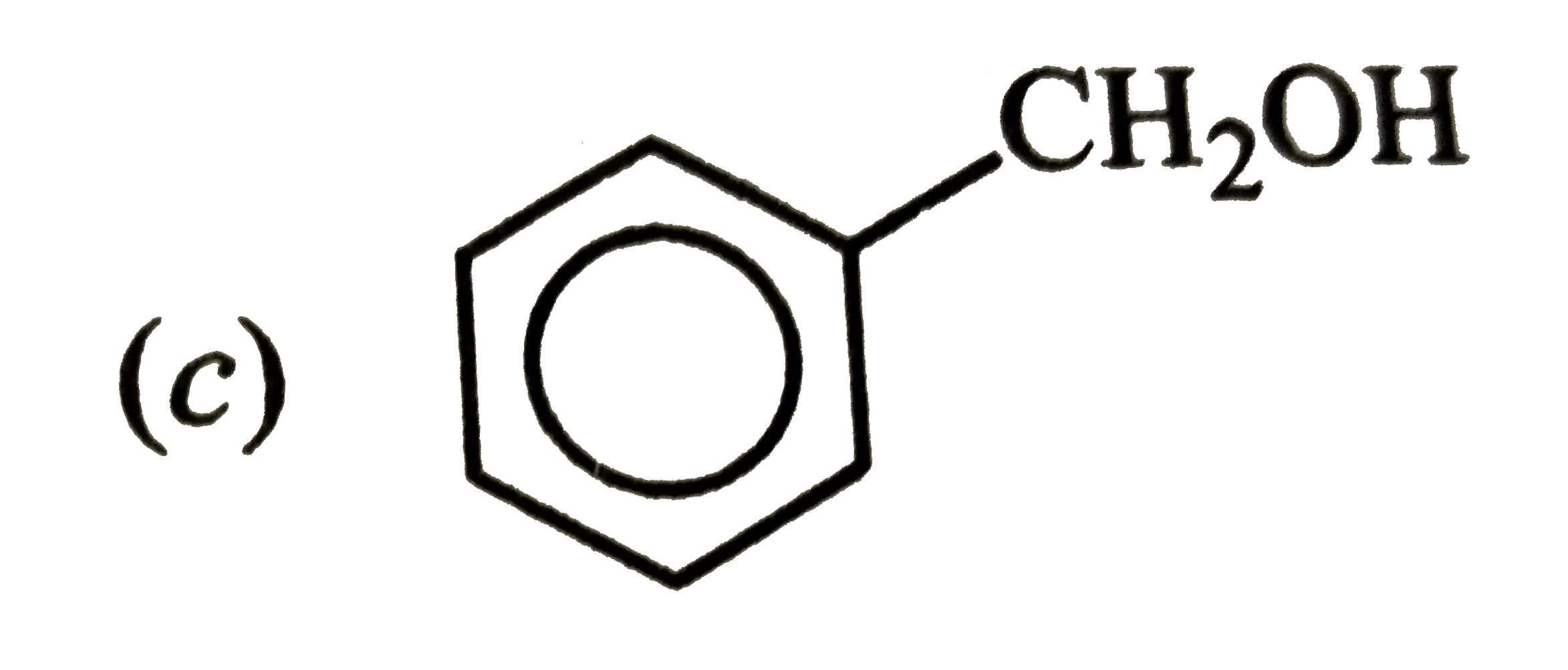 D
D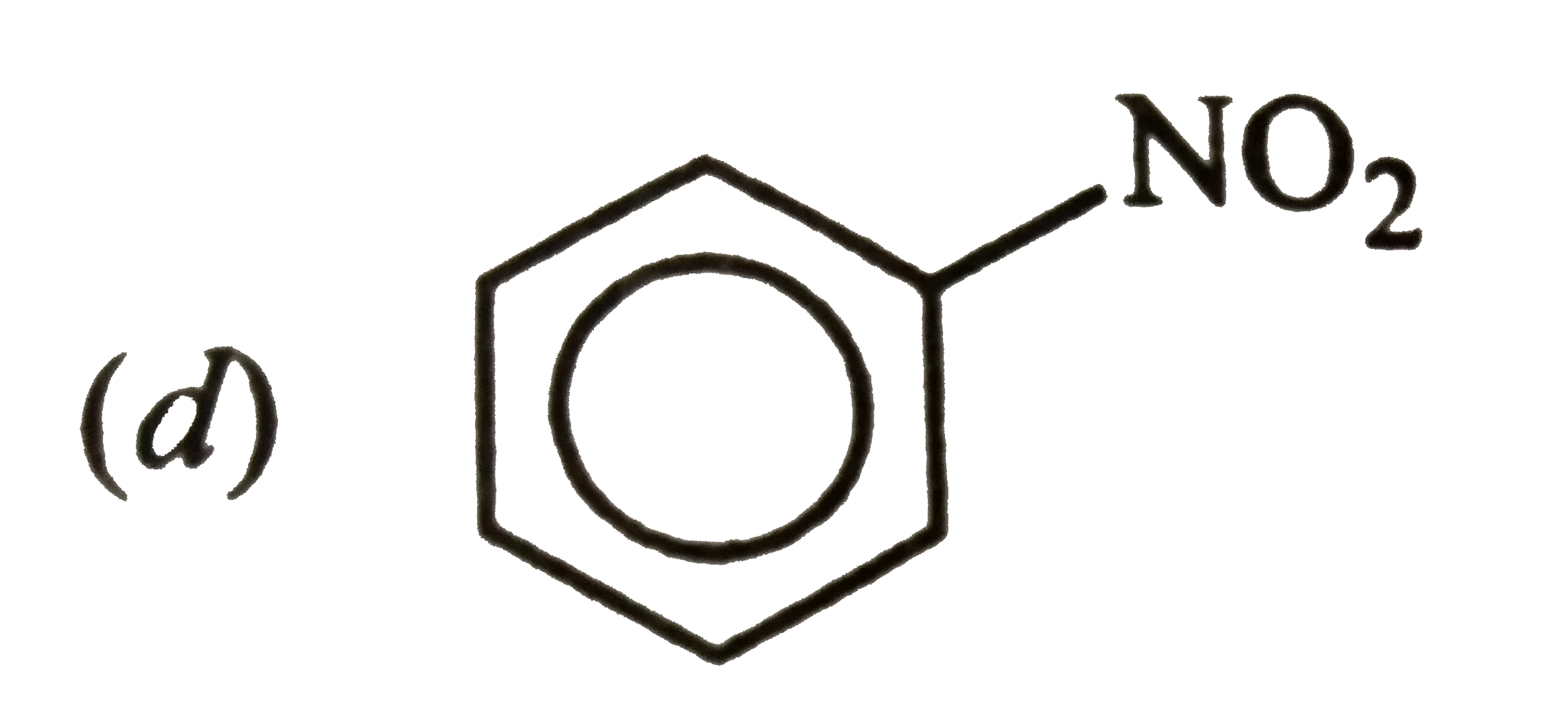
Which one of the following is most reactive towards electrophilic reagent ?
A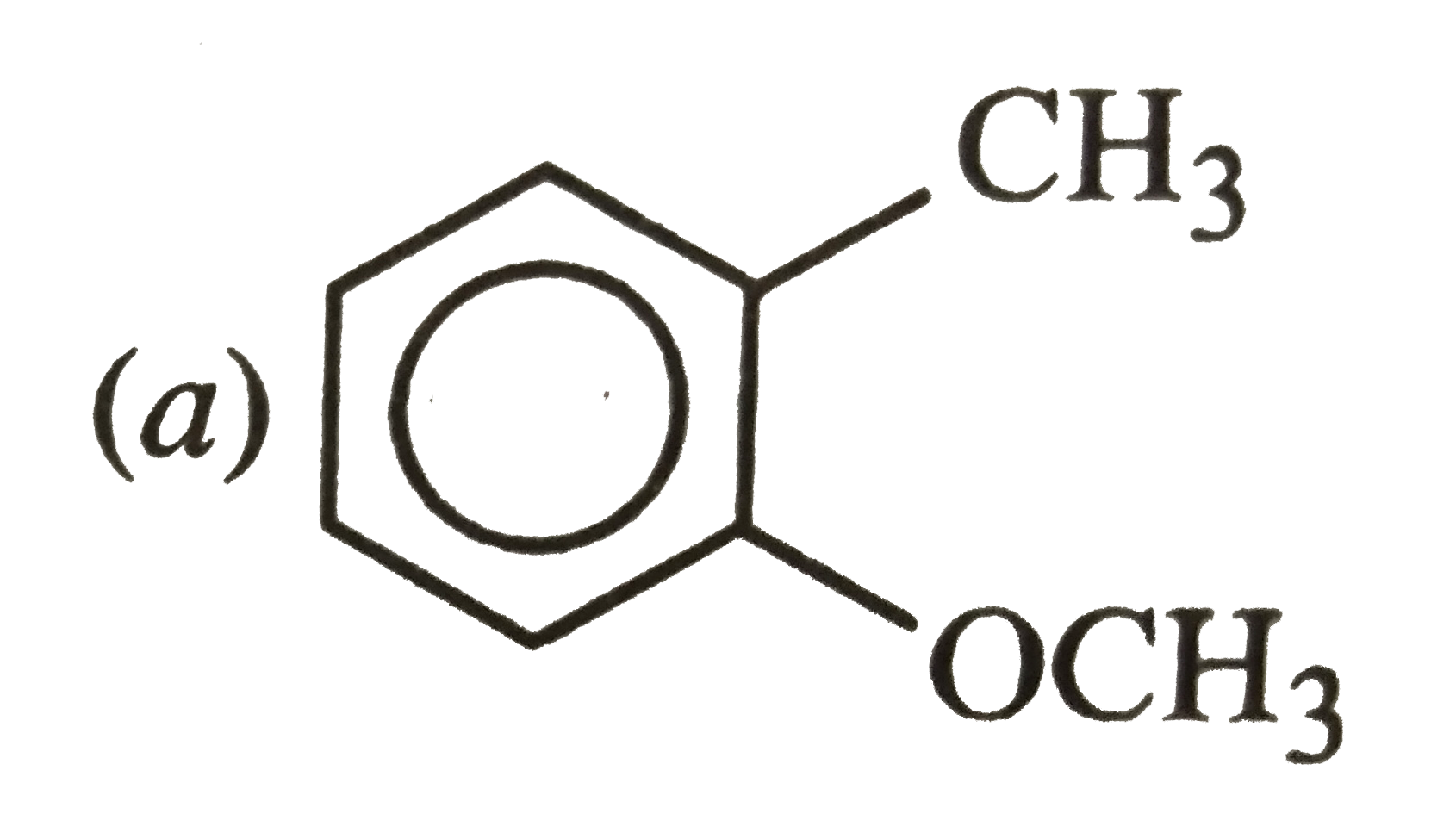 B
B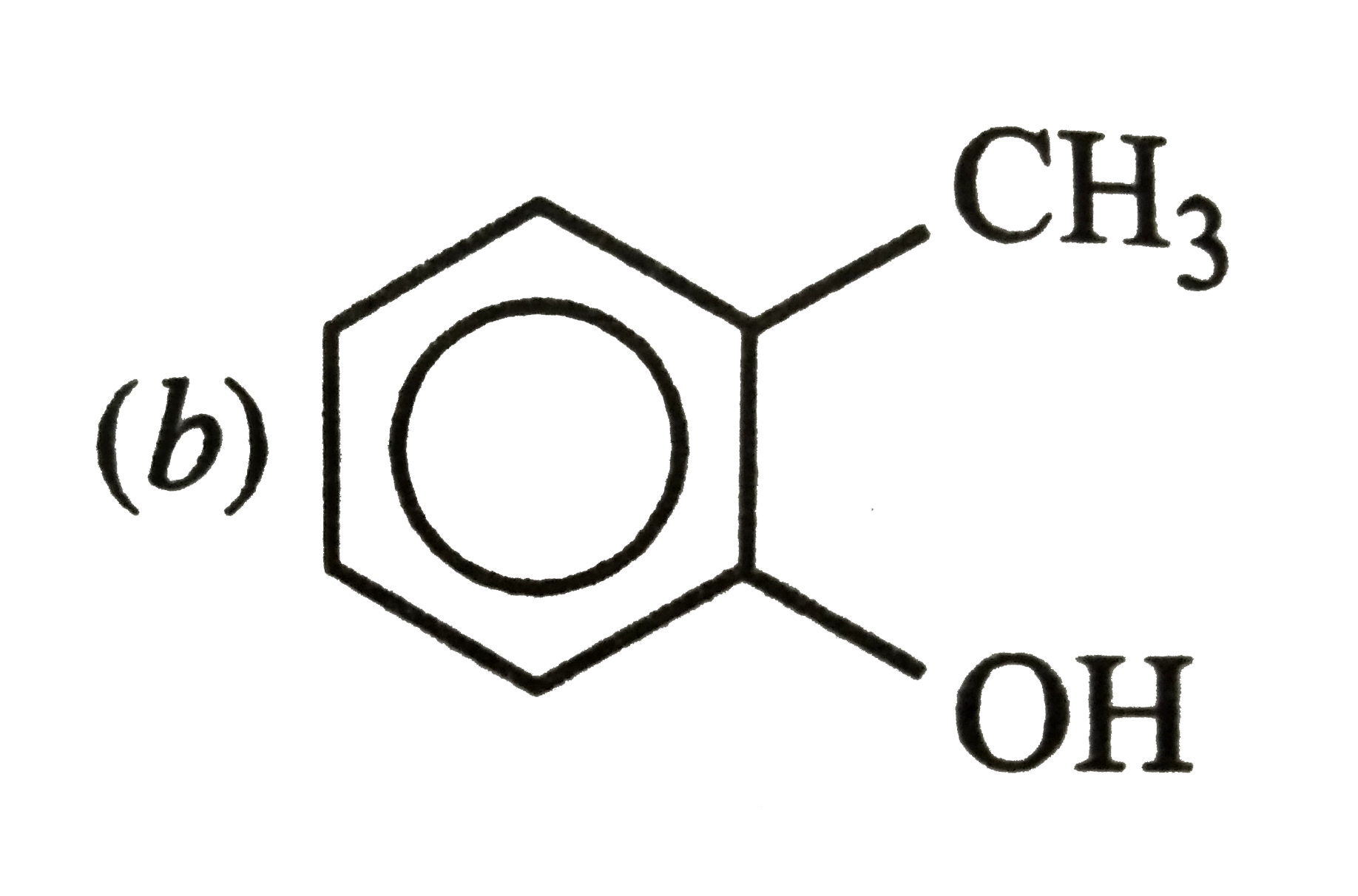 C
C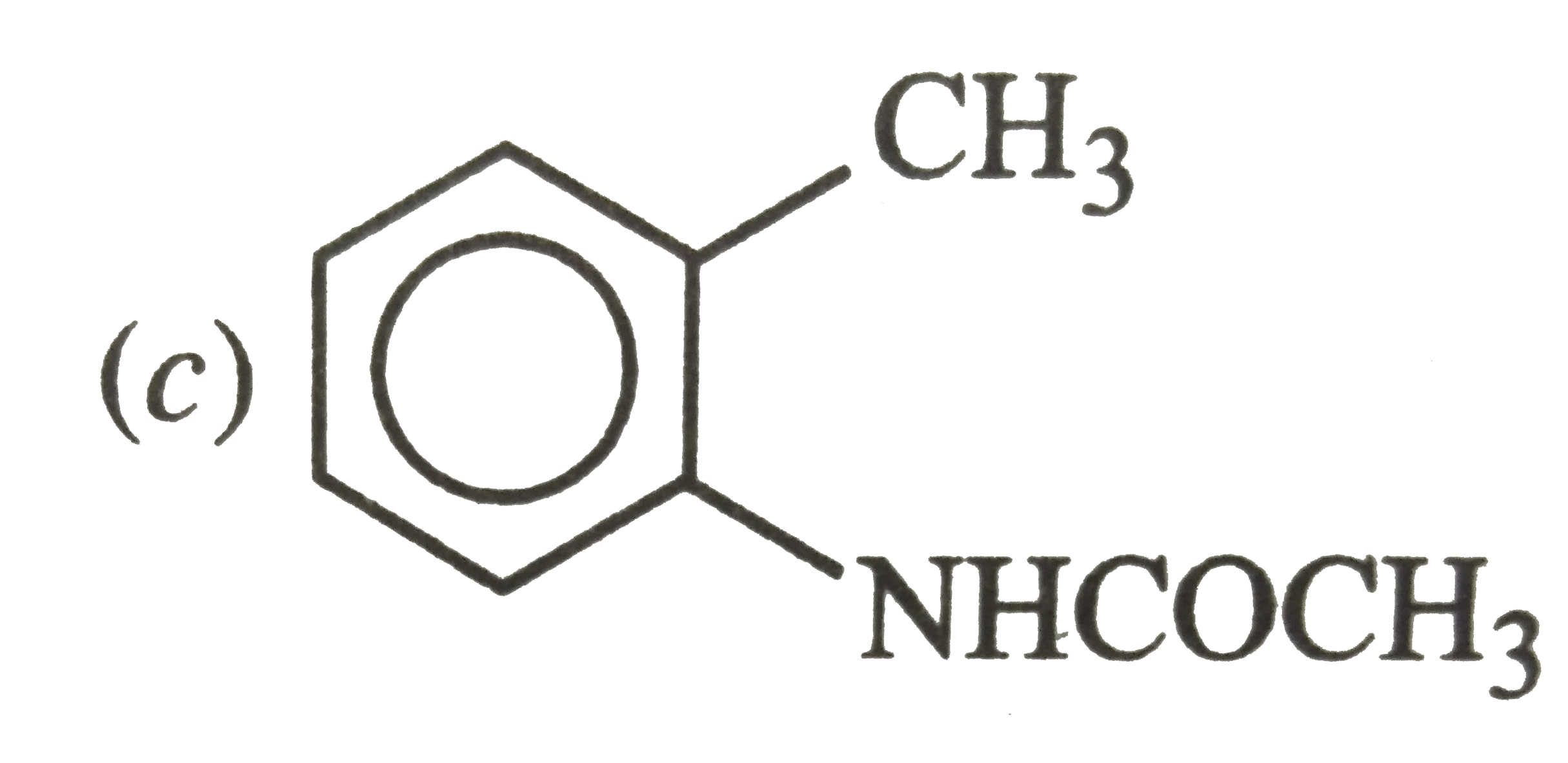 D
D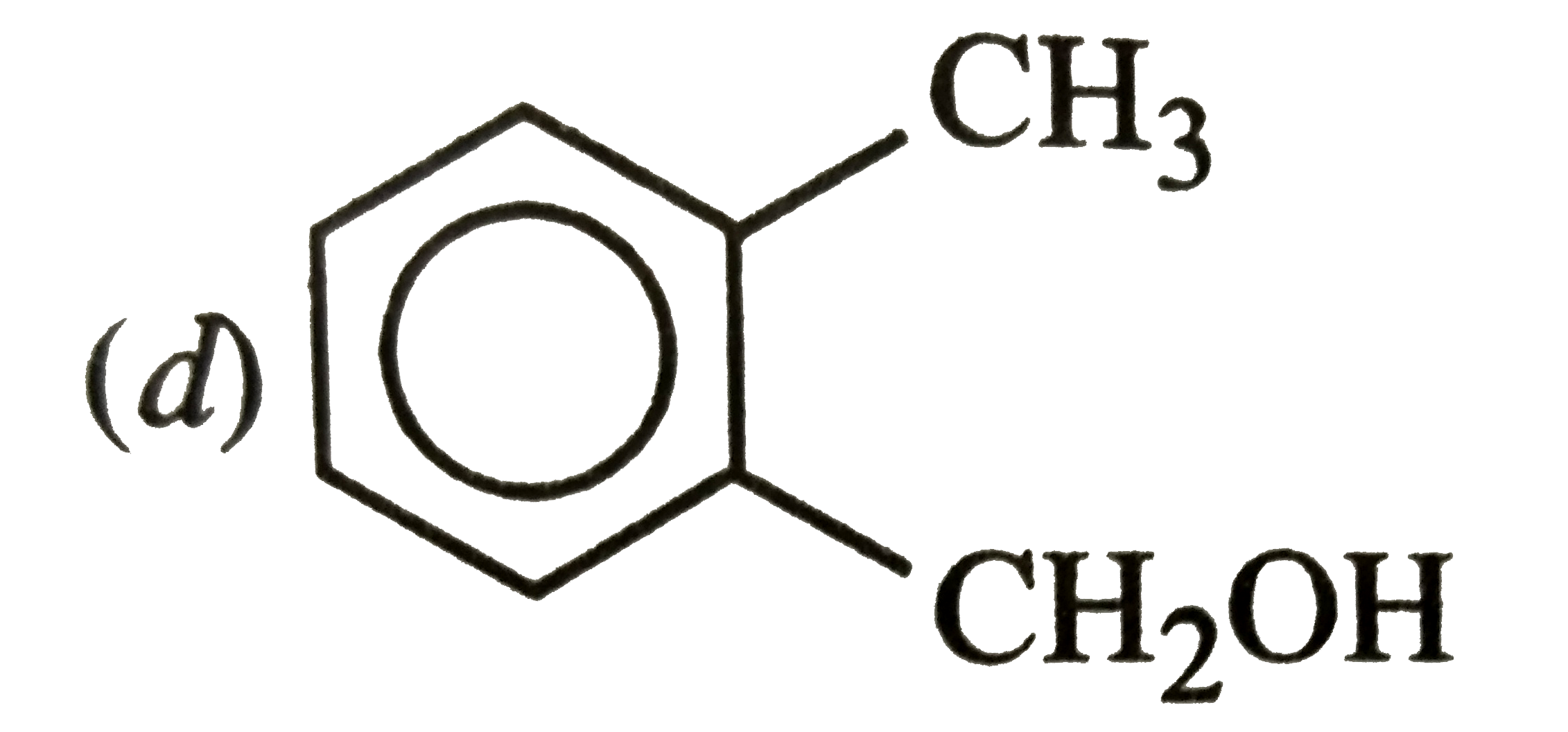
Which of the following is the most reactive towards electrophilic attack ?
View SolutionWhich one of the following is most reactive towards electrophilic reagent ?
View SolutionWhich one of the following is most reactive toward electrophilic reagent?
View SolutionWhich one of the following is most reactive towards electrophilic reagent ?
View SolutionWhich one of the following is most reactive towards electrophilic reagent ?
View Solution

